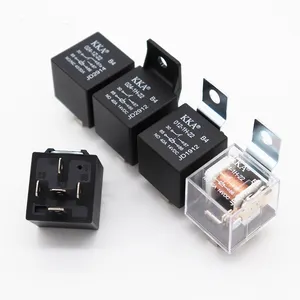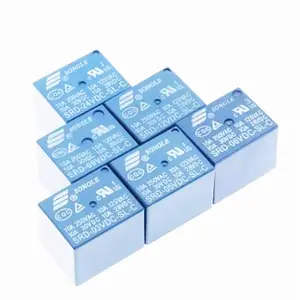About products and suppliers
ถ่ายทอด10วินาที ไม่ใช่เรื่องใหม่สำหรับคนทั่วไปในปัจจุบันและไม่ถือว่าเป็นสิ่งต้องห้ามอีกต่อไป หากคุณกำลังมองหาความสุขสุดท้ายนี้คุณต้องตรวจสอบความยิ่งใหญ่ คอลเลกชัน ถ่ายทอด10วินาที ที่ Alibaba.com เหล่านี้ยั่วยวนและโค้ง ถ่ายทอด10วินาที คุ้มค่ากับเงินทุกบาทและมั่นใจว่าจะทำให้ค่ำคืนนี้พิเศษสำหรับคุณ ตุ๊กตาเหล่านี้มีลักษณะเหมือนจริงตั้งแต่ขนไปจนถึงปลายเท้าในทุกแง่มุม
ไม่ว่าคุณจะเป็นคนขี้เหงาที่กำลังมองหาคู่ชีวิตที่เหมือนมีชีวิตหรือคู่รักที่ต้องการเติมชีวิตชีวาให้กับชีวิตคุณสามารถใช้สิ่งเหล่านี้ได้ . ถ่ายทอด10วินาที สำหรับจุดไฟนั้น ที่งดงามเหล่านี้ ถ่ายทอด10วินาที สามารถปรับแต่งได้ตามความคาดหวังของคุณ น่าทึ่งเหล่านี้ ถ่ายทอด10วินาที มีให้เลือกทั้งชายและหญิงและทำจากซิลิโคนเกรดยาเพื่อความปลอดภัยในการใช้งาน รับตอนนี้และเพลิดเพลินไปกับค่ำคืนแห่งความหลงใหลและไฟ
Alibaba.com ขอเสนอสิ่งที่น่าทึ่งเหล่านี้ ถ่ายทอด10วินาที ในทุกรูปร่างขนาดและชาติพันธุ์ ไม่ว่าความต้องการของคุณสำหรับไฟล์. ถ่ายทอด10วินาที คุณสามารถหาได้ทั้งหมดบนไซต์ เหล่านี้ ถ่ายทอด10วินาที ได้รับการขึ้นรูปโดยช่างฝีมือที่ดีที่สุดและทุกรายละเอียดที่ซับซ้อนจะได้รับการตรวจสอบอย่างละเอียด ตุ๊กตาเหล่านี้มีดวงตาผมเล็บและส่วนอื่น ๆ ของร่างกายคล้ายกับคนในชีวิตจริง
Alibaba.com ให้บริการที่หลากหลาย ถ่ายทอด10วินาที ที่สามารถช่วยคุณซื้อผลิตภัณฑ์ที่เหมาะสมกับงบประมาณของคุณและข้อกำหนดอื่น ๆ ผลิตภัณฑ์เหล่านี้ปลอดภัยต่อการใช้งานได้รับการรับรองและเป็นมิตรกับสิ่งแวดล้อม มีคำสั่งซื้อ OEM สำหรับผลิตภัณฑ์เหล่านี้


![[20 ชิ้น/กล่อง] KKA-M3 30A 35A มินิรีเลย์ยานยนต์ 12V 24V 4pin 5pin สําหรับรถยนต์, รถจักรยานยนต์, เรือ, รถยนต์](https://s.alicdn.com/@sc04/kf/H45ba7669d6c44ef480b87a572ce4e932V.png_300x300.jpg)




























 浙公网安备 33010002000092号
浙公网安备 33010002000092号 浙B2-20120091-4
浙B2-20120091-4